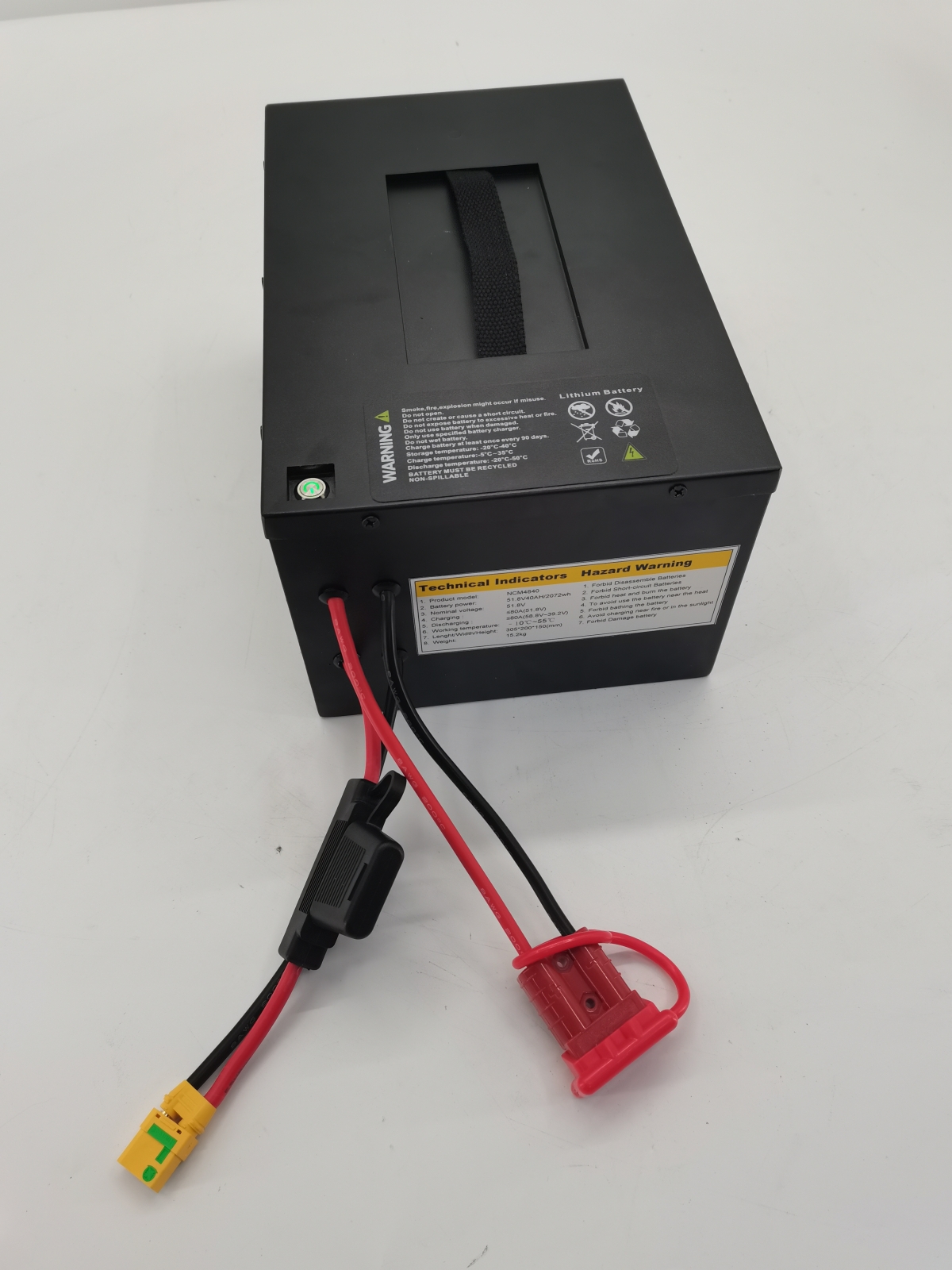- 12
- Nov
Lithium battery charge and discharge process
18650 lithium battery charge and discharge process
Lithium battery charging control is divided into two stages. The first stage is constant current charging. When the battery voltage is lower than 4.2V, the charger will charge with a constant current. The second stage is the constant voltage charging stage. When the battery voltage reaches 4.2V, due to the characteristics of lithium batteries, if the voltage is higher, it will be damaged. The charger will fix the voltage at 4.2V and the charging current will gradually decrease. When it is reduced to a certain value (generally 1/10 of the set current), the charging circuit is cut off, the charging completion indicator light is on, and the charging is completed. Excessive charging and discharging of lithium-ion batteries can cause permanent damage to the positive and negative electrodes. Excessive discharge causes the negative carbon sheet structure to collapse, and the collapse will cause lithium ions to be unable to be inserted during the charging process; overcharging causes too much lithium ions to be inserted into the negative carbon structure, causing some of the lithium ions to be unable to be released anymore.
18650 lithium battery charger
18650 lithium battery charger

Some chargers are implemented using cheap solutions, and the control accuracy is not good enough, which can easily cause abnormal battery charging and even damage the battery. When choosing a charger, try to choose a big brand of 18650 lithium-ion battery charger, quality and after-sales are guaranteed, and the service life of the battery is prolonged. The brand-guaranteed 18650 lithium-ion battery charger has four protections: short-circuit protection, over-current protection, over-voltage protection, battery reverse connection protection, etc. Overcharge protection: When the charger overcharges the lithium-ion battery, in order to prevent the internal pressure from rising due to temperature rise, it is necessary to terminate the charging state. For this reason, the protection device needs to monitor the battery voltage, and when it reaches the battery overcharge voltage, it activates the overcharge protection function and stops charging. Over-discharge protection: In order to prevent the over-discharge of the lithium-ion battery, when the voltage of the lithium-ion battery is lower than its over-discharge voltage detection point, the over-discharge protection is activated, the discharge is stopped, and the battery is kept in a low quiescent current standby mode. Over-current and short-circuit protection: When the discharge current of the lithium-ion battery is too large or a short-circuit condition occurs, the protection device will activate the over-current protection function.
